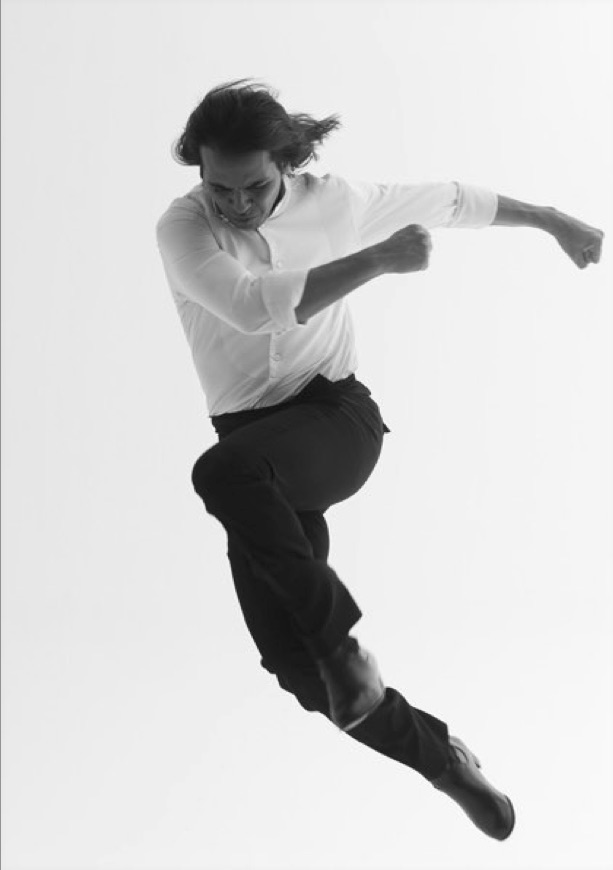Flamenco master FARRUQUITO visits TDPS
March 08, 2016

On Tuesday, March 8, master Flamenco artist Juan Manuel Fernández Montoya--known as Farruquito--presented a lecture/demonstration at the School of Theatre, Dance, and Performance Studies.
On Tuesday, March 8, master Flamenco artist Juan Manuel Fernández Montoya--known as Farruquito--presented a lecture/demonstration at the School of Theatre, Dance, and Performance Studies.

Born into one of Spain’s most celebrated family of Gypsy flamenco artists, Farruquito made his Broadway stage debut at age five alongside his grandfather, the legendary dancer Farruco. He starred in Carlos Saura’s film Flamenco at age eight, and was directing his own shows by fifteen. In the ensuing years this vibrant young artist has garnered worldwide recognition at the highest level as he continues to deepen his personal approach to flamenco, bringing his family's dance legacy firmly into the 21st century.
The event was organized by TDPS Dance professor Miriam Phillips, who is a flamenco dancer and scholar herself (known in flamenco circles as "La Miri"). She has known Farruquito since he was 5 years old and much of her dance and research has been influenced by 3 generations of his family. In attendance were TDPS Dance students and faculty, as well as members of the DC area flamenco community. The presentation was entirely in Spanish, with English translations by Dance Department alumna Rachel Martín. Farruquito was accompanied by singer Encarna Anillo.

Farruquito explained his philosophy as a flamenco dancer and discussed how he approaches improvisation in dance and music. He used the example of the 6-count bulería rhythm to demonstrate how to use counting as a basis for improvising steps--siete ocho nueve diez...uno dos. The audience clapped and stamped their feet to get a feel for the rhythm, and Farruquito explained the universality of understanding rhythm across cultures. To demonstrate this, he invited dance major, Anwar Addae to perform a hip hop rhythm, and then joined in with his own body percussion and footwork to follow the same rhythm, but with a flamenco flair. It was a powerful moment of communication across cultures, through rhythm and movement.
Farruquito discussed the importance of having a "toolkit" of technical steps to work with for improvising, but he also emphasized the need for achieving duende (loosely translated as the "soul" of flamenco) in order to create art. Duende is achieved through hard work and dedication, and it encompasses all aspects of flamenco--not just the footwork, but also the music, the singing, and the culture of Andalucia in southern Spain. Singing is especially important for understanding the essence of flamenco because the rhythms and sounds pass through all the organs of the body, and Farruquito explained that singing is a powerful means for true personal expression.
Farruquito offered some advice to young dancers as they work towards becoming artists in any dance form. He says, dance to understand yourself. Watch and listen a lot, and talk and move little, in order to really absorb and embody the art form.
Farruquito will be presenting an entirely improvised performance entitled Improvisao, this evening (March 8 at 8pm) at Lisner Auditorium at George Washington University. Tickets can be purchased here: https://lisner.gwu.edu/flamenco-festival-farruquito-improvisao.
¡Muchas gracias por su inspiración, Farruquito!

By Kate Spanos




